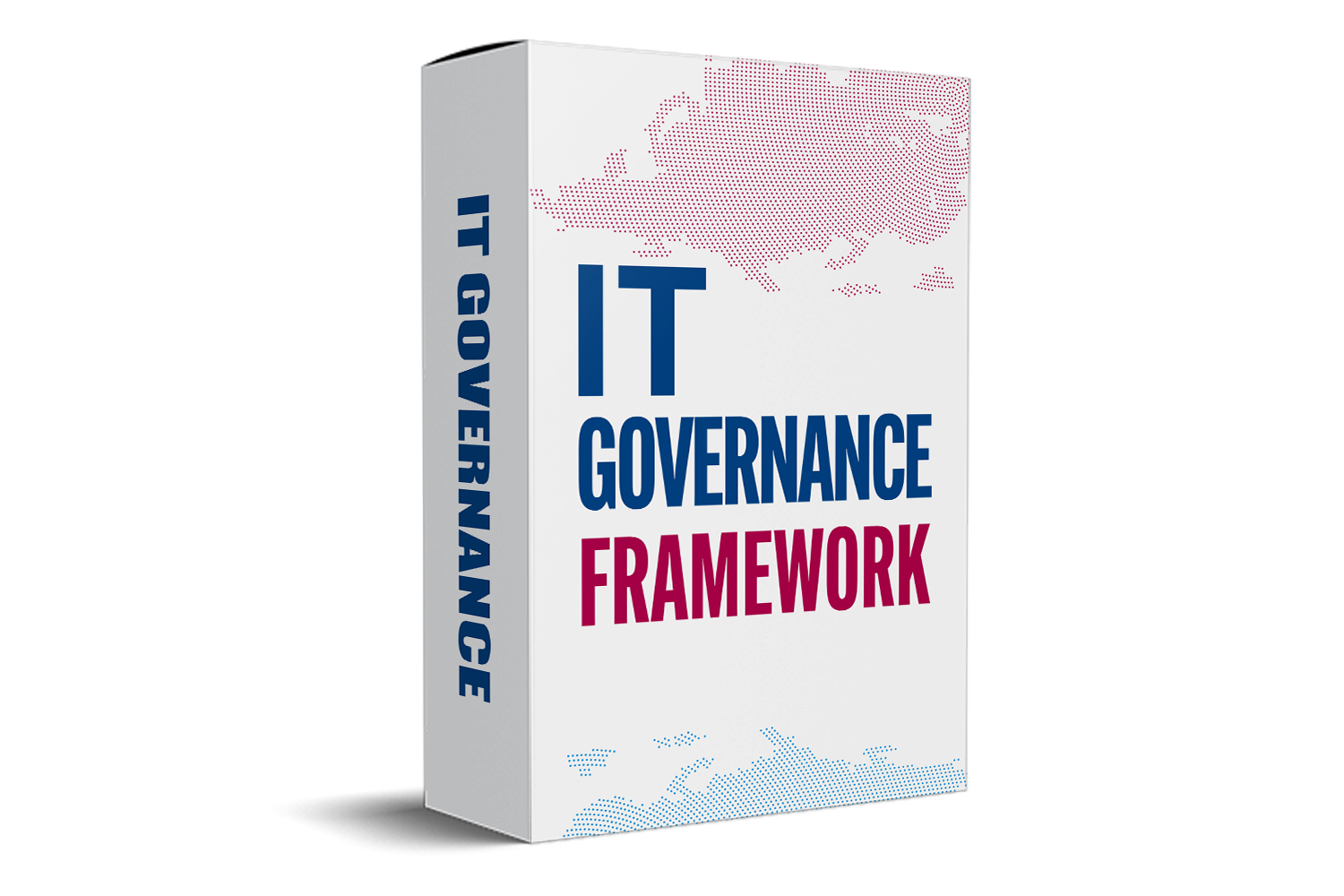Maximizing Internal Audit Assurance: Best Practices For Success
Introduction
Internal audit assurance is a critical function within any organization, providing independent and objective evaluations of the effectiveness of risk management, control, and governance processes. It becomes more crucial as businesses navigate increasingly complex regulatory environments and evolving industry landscapes. This blog will delve into the importance of internal audit assurance, its key components, and best practices for ensuring effective governance and risk management. Stay tuned to learn how internal audit assurance drives value and enhances organizational performance.

Importance Of Internal Audit Assurance
Internal audit assurance provides valuable insights and recommendations that help organizations improve their operations, strengthen internal controls, and mitigate risks. One key benefit of internal audit assurance is that it provides independent and objective assessments of an organization's internal control systems and processes. By conducting thorough reviews and audits, internal auditors can identify weaknesses and areas for improvement, enabling management to take corrective actions before they escalate into more serious issues.
Internal audit assurance also enhances transparency and accountability within an organization. By ensuring compliance with laws, regulations, and internal policies, internal auditors help prevent fraud, errors, and misconduct. This, in turn, helps protect the organization's reputation and build trust among stakeholders.
Moreover, internal audit assurance plays a crucial role in improving organizational efficiency and effectiveness. By identifying inefficiencies, redundancies, and areas of waste, internal auditors can help management streamline processes, reduce costs, and maximize resources. Another important aspect of internal audit assurance is its role in risk management.
By identifying and assessing potential risks, internal auditors can help management develop strategies to mitigate those risks and ensure the organization's long-term success and sustainability. In conclusion, internal audit assurance is a critical function that helps organizations achieve their objectives, safeguard their assets, and enhance their performance. By providing independent and objective assessments, internal auditors enable management to make informed decisions and improve overall organizational effectiveness. Therefore, investing in internal audit assurance is essential for any organization seeking to thrive in today's competitive business landscape.
Key Components Of An Effective Internal Audit Assurance
1. Risk Assessment: Before conducting an internal audit, it is essential to assess the organization's risks. This involves identifying potential areas of concern and determining the likelihood and impact of these risks on the organization's objectives. By understanding the risks, internal auditors can prioritize their work and focus on areas most critical to the organization.
2. Planning And Scoping: Once the risks have been identified, developing a detailed plan for the internal audit is important. This includes defining the objectives, scope, and methodology of the audit, assigning resources, and establishing timelines. A well-planned audit ensures that all relevant areas are covered and that the audit is conducted efficiently and effectively.
3. Control Evaluation: During the audit, internal auditors evaluate the organization's internal controls to determine their effectiveness in mitigating risks. This involves assessing the design and operation of controls and identifying any gaps or weaknesses that may exist. By evaluating controls, auditors can provide assurance that the organization's processes are operating as intended and are in compliance with regulations and best practices.
4. Testing And Documentation: To provide reliable assurance, internal auditors must conduct testing to verify the effectiveness of controls and the accuracy of financial and operational data. This involves gathering evidence, performing tests, and documenting the audit results. Thorough documentation is essential to support audit findings and recommendations and facilitate follow-up and monitoring of audit results.
5. Reporting And Communication: Once the audit is complete, internal auditors must communicate their findings to management and other stakeholders. This involves preparing a comprehensive audit report that summarizes the audit results, identifies areas for improvement, and makes recommendations for remediation. Effective communication is key to ensuring that management understands and acts upon audit findings.
Best Practices In Conducting Internal Audit Assurance
Here are some essential best practices in conducting internal audit assurance:
1. Develop A Comprehensive Audit Plan: Before conducting an internal audit, developing a detailed audit plan is essential. This plan should outline the objectives, scope, and methodology of the audit, as well as the resources and timelines involved. A well-developed audit plan helps ensure the audit is conducted efficiently and effectively.
2. Focus On Risk Assessment: Conduct a thorough risk assessment to identify and prioritize potential risks to the organization. This will help determine where to focus the audit effort and resources. By focusing on high-risk areas, internal auditors can provide valuable insights and recommendations to mitigate risks and improve internal controls.
3. Maintain Independence And Objectivity: Internal auditors must maintain independence and objectivity throughout the audit process. It is essential to avoid any conflicts of interest and ensure that audit findings are impartial and unbiased. Independence and objectivity are critical for providing stakeholders with credible and reliable audit assurance.
4. Use A Systematic Approach: Follow a systematic approach to conducting the internal audit, including planning, fieldwork, reporting, and follow-up. This structured approach helps ensure that all relevant information is gathered, analyzed, and documented effectively. It also allows for consistency and reliability in the audit process.
5. Communicate Findings Effectively: After completing the audit, communicate the findings and recommendations to management and stakeholders. Clearly and concisely present the audit results, including any issues identified, their impact, and recommendations for improvement. Effective communication ensures that audit findings are understood and acted upon.
6. Follow Up On Audit Recommendations: Ensure that management follows and implements audit recommendations. Internal auditors should monitor the status of recommendations and provide feedback on their implementation. Following up on audit recommendations helps ensure that issues are addressed and controls are strengthened.
Conclusion
In summary, internal audit assurance plays a crucial role in providing objective and independent evaluations of an organization's operations, risk management, and internal controls. By conducting regular internal audits, businesses can identify potential areas of improvement and ensure compliance with regulations and best practices. It is essential for organizations to prioritize internal audit assurance as part of their risk management strategy to promote transparency, accountability, and efficiency.



